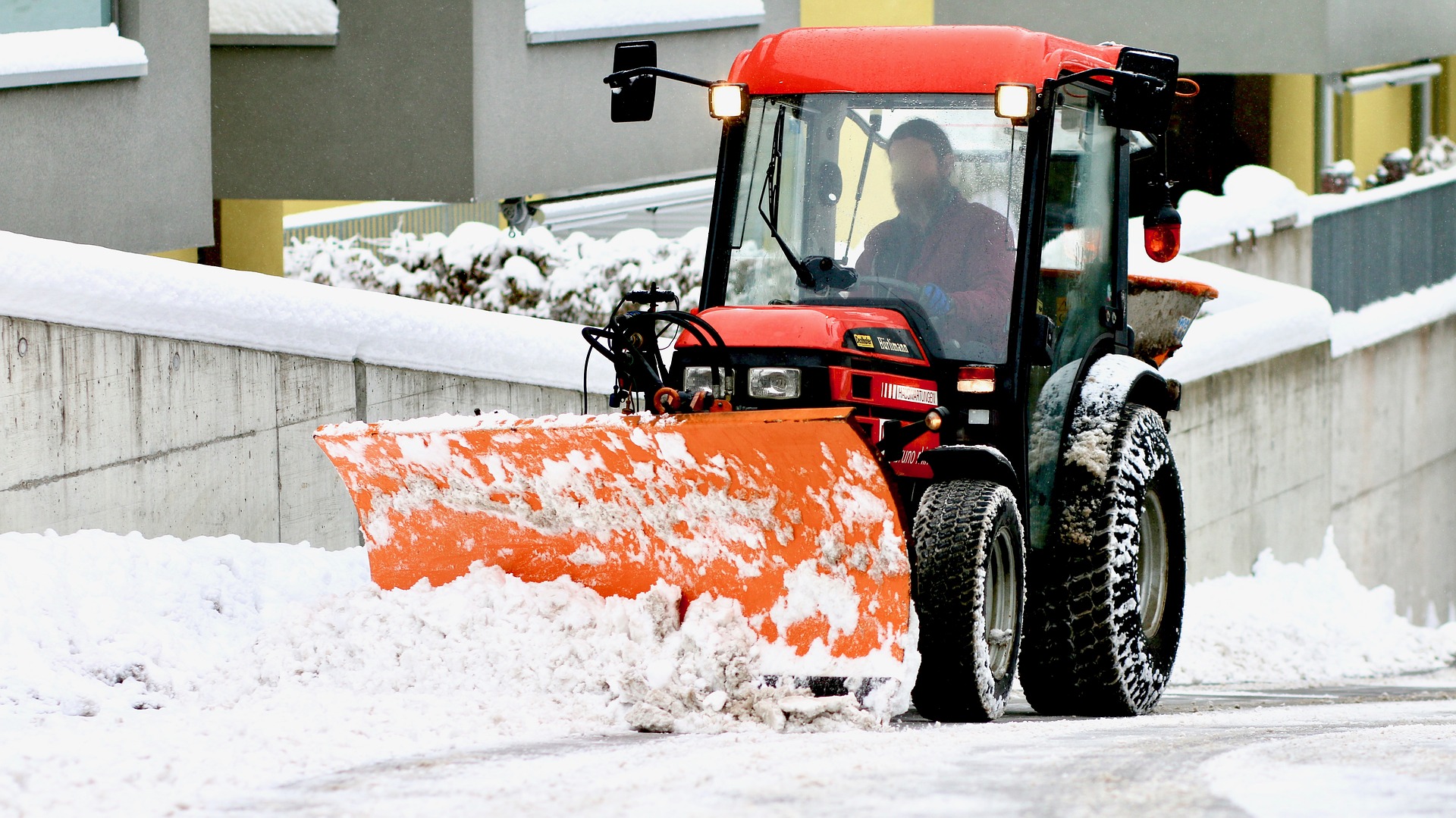Winter is fast approaching, and that brings with it a few inevitabilities: The local professional hockey team is struggling to meet expectations, and our municipalities have a duty to meet theirs!
Streets and sidewalks will soon be snow or ice-covered, leading to treacherous driving, walking and even cycling conditions. While the hockey players are well-equipped with skates and protective body armour, that isn’t the case for those of us going about our daily wintry lives.
Municipalities in Ontario and the City of Toronto must meet certain standards when it comes to the removal of ice and snow from highways, roadways and sidewalks. It’s called Minimum Maintenance Standards (MMS), and if they haven’t been met, the municipality could be liable in a personal injury case.
For instance, the standards for clearing snow can be determined by this chart (with highways classified according to the amount of vehicle traffic and speed limit, e.g. #1 is the most traffic and highest speeds):
| Class of Highway | Depth of snow accumulation | Time for municipality to address |
| 1 | 2.5 cm | 4 hours |
| 2 | 5 cm | 6 hours |
| 3 | 8 cm | 12 hours |
| 4 | 8 cm | 16 hours |
| 5 | 10 cm | 24 hours |
These standards have been in place for some time. However, the MMS was updated on a number of fronts in 2018, of which the following are specifically relevant to the winter months:
- Municipalities’ new ability to declare a “significant weather event”, giving them more leeway to interpret the standards accordingly
- New maintenance standards for addressing snow accumulation on sidewalks
- New winter maintenance standards for bicycle lanes
With the burgeoning buildup of bike lanes around the City of Toronto, it was inevitable that standards would be applied to these areas. They are not as strict as highways, with the city having, in general, double the time to address snow on bike lanes on busier streets, compared with the actual roadway itself.
The new sidewalk ice and snow accumulation standards are even lower, with the municipality having two full days to address the conditions, and the depth of snow on the sidewalk needs only to be reduced to less than or equal to 8 centimetres.
There are also more relaxed standards for winter sidewalk patrols, whereby it is now clear that all sidewalks do not need to be inspected, only the ones chosen as “representative” by the municipality.
“Significant Weather Event”
But the change that is most worth noting, is undoubtedly the “significant weather event”, which affects the minimum standards for all of the above.
Municipalities are now able to declare an “approaching or occurring weather hazard” (i.e. winter storm of some sort), which allows it to, essentially, simply “monitor” the event, and to deploy resources to clear the snow or ice “if deemed practical” and only from the time the municipality “deems appropriate to do so.”
Once the municipality has declared that the event has concluded, they will be responsible for adhering to the regular standards (as set out in the table above, and other sections of the act).
It should be clear by now that the Minimum Maintenance Standards’ main goal is to protect municipalities – to restrict their liability in court. An injured party must prove that the municipality in question failed to meet the standards. New additions, like the “significant weather event” clause, will only make it more difficult to prove this and collect damages.
There are exceptions to these rules, however, and many other things at play. This is where hiring a personal injury lawyer with extensive experience in this area is critical. The team at Horowitz Injury Law has successfully dealt with cases of this nature for nearly 35 years.
As action must be taken against a municipality within 10 days of the incident, it’s imperative to act quickly. If you or a loved one have been seriously injured due to icy or snow-covered conditions, call Horowitz Injury Law immediately for a no-cost consultation to review your case. It’s a power play you won’t regret. 416-925-4100.




